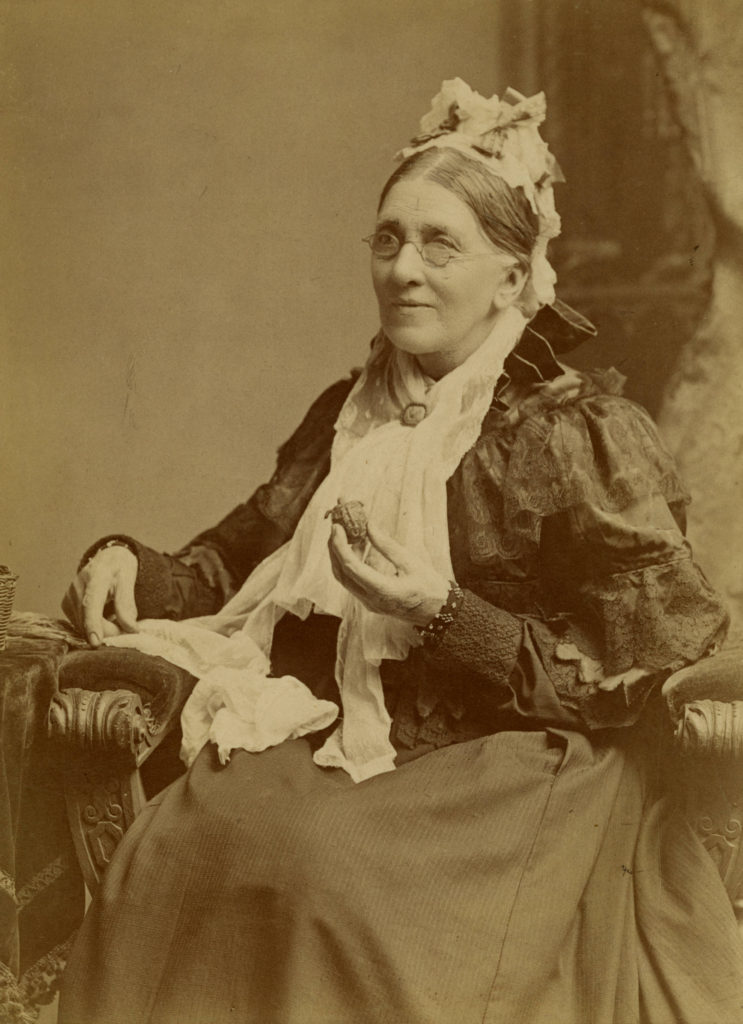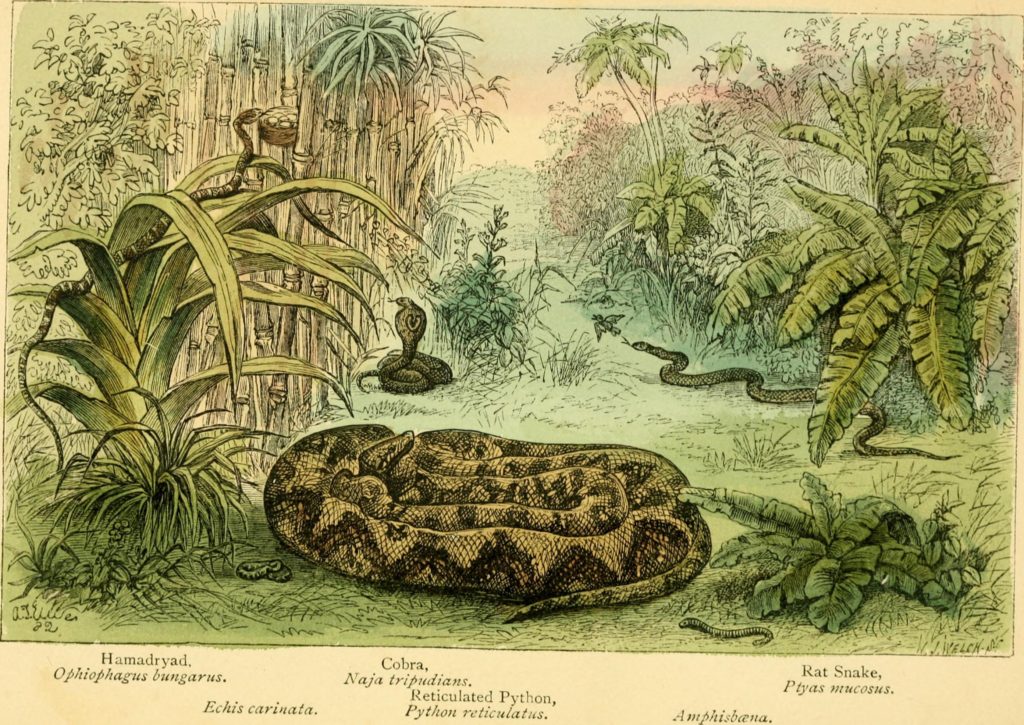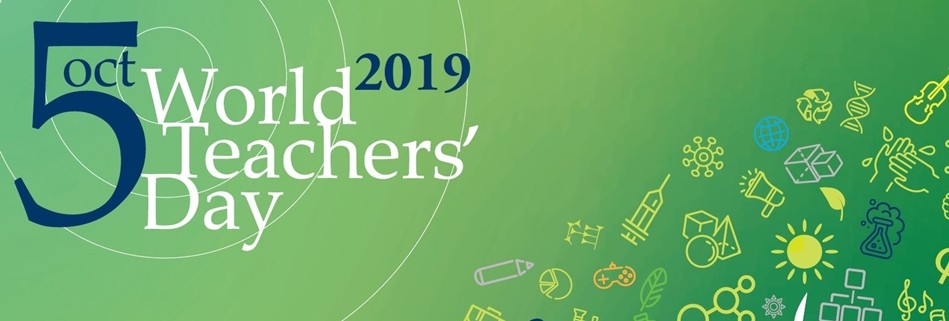I just couldn’t resist making October 5 about Catherine Cooper Hopley, although her name is, as they say, hardly a household word. In the late 1880s, however, it was—for one particular reason. She wrote the first popular book in the English language about snakes!
Catherine Cooper Hopley was born in a small town near Canterbury, England, on October 5, 1817 (died 1911). Few details exist about her childhood, but she had three brothers, one of whom, John Hopley, moved to Ohio and became a well-known entomologist. She visited her brother’s family in Cleveland in the 1850s, staying for several years and working as a teacher and artist. She visited Virginia in 1860 and became trapped there when the Civil War began. Although she prevented from leaving Confederate territory, she wrote articles and made sketches of life in the south for London newspapers. She met Confederate leaders and became a tutor for the children of the Florida governor. She was allowed to go back to England in 1863, the Confederates glad to be rid of someone they thought was a British spy working for the Yankees. Back in England, she wrote several books about life in the American South, illustrated with her own drawings.

But then Hopoley found a new interest—snakes! She was an unlikely candidate to become a herpetologist—a woman in Victorian England—but she was a quick study, equipped with great powers of observation and an artistic eye. She wrote scientific articles about the natural history of snakes, and other stories about the relationship between snakes and people. In 1882, she published the first popular book about snakes in the English language, Snakes: Curiosities and Wonders of Serpent Life. A reviewer wrote that “her book is careful, thorough, and almost exhaustive…. Miss Hopley has the art of interweaving her own experiences—incident, anecdote, and reminiscence—in the pleasantest fashion with severer scientific matter.”

Getting the book published was no easy task, she told an interviewer in 1893: “I had the greatest difficulty in getting any publisher to touch my work. My poor snakes were regarded as loathsome, venomous, and slimy creatures, subjects enough to give one the nightmare.” Hopley continued to work on the natural history of snakes and wrote another volume on the subject in 1888, British Reptiles and Batrachians. She died in 1911, known as a “renaissance woman” for the range of her capabilities as scientist, teacher, author, artist and linguist.
I think her knack of combining science and literature (ala Rachel Carson) makes her the perfect example of a great teacher. Another of her contemporary reviewers noted that “the general reader will find the book a fascinating one, while the more scientific student will rise from its perusal with the consciousness that … he has learned something new about snakes themselves.”

How appropriate that Hopley was born on October 5, now known as World Teachers’ Day. World Teachers’ Day was adopted in 1994 by UNESCO to recognize the rights and responsibilities of teachers around the world. And as the United Nations Sustainable Development Goals note, education is of fundamental importance in creating and maintaining a sustainable world.
References:
Haverstock, Mary Sayre, et al. 2000. Artists in Ohio, 1787-1900, A Biographical Dictionary, pages 425-426. Kent State University Press, Kent, Ohio. Available at: https://books.google.com/books?id=ZdICm_W8xKwC&pg=PA425&lpg=PA425&dq=catherine+hopley+bio&source=bl&ots=s7kGObILbk&sig=ACfU3U3LEnuMtYFGcFYAuAcXyMO9RnxcyQ&hl=en&sa=X&ved=2ahUKEwiatMrmjYPkAhUCEqwKHRcfBz0Q6AEwB3oECAkQAQ#v=onepage&q=catherine%20hopley%20bio&f=false. Accessed August 14, 2019.
Ohio Memory. Catherine Cooper Hopley, Renaissance Woman. Available at: https://ohiomemory.ohiohistory.org/archives/1849. Accessed August 14, 2019.
The American Naturalist. 1884. Hopley’s Snakes, Curiosities and Wonders of Serpent Life. The American Naturalist 18(4):402-403. Available at: https://www.journals.uchicago.edu/doi/abs/10.1086/273644. Accessed August 14, 2019.
The British Quarterly Review. 1883. Snakes: Curiosties and Wonders of Serpent Life. The British Quarterly Review 77:476-477. Available at: https://books.google.com/books?id=W3pHAAAAYAAJ&pg=PA476#v=onepage&q&f=false. Accessed August 14, 2019.
The Sketch. 1893. Snakes! A Chat With Miss Catherine C. Hopley. The Sketch 3:415-416. Available at: https://books.google.com/books?id=tDBIAQAAMAAJ&pg=PA415#v=onepage&q&f=false. Accessed August 14, 2019.
UNESCO. World Teachers’ Day. Available at: https://en.unesco.org/commemorations/worldteachersday. Accessed August 14, 2019.
